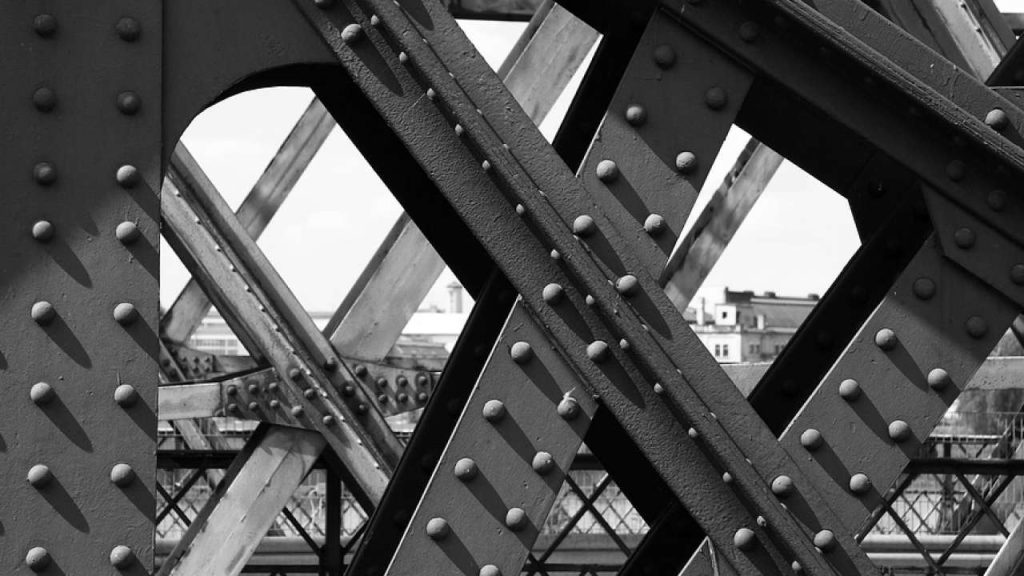Huge structures like bridges, locomotives, ships, etc. inevitably require joints in order to plan out an inner firm, enduring “skeleton.” Riveted joints play an important part in forming these joints, and are used extensively for the purpose. Here we discuss the major types of rivet joints.

It would be virtually impossible building huge structures like bridges, skyscrapers, aircrafts, locomotives, etc. without involving these tiny yet robust integrating mechanical devices called rivets. Rivets not only allow these structures to become huge, but also ensure equivalent strengths and endurance to withstand the many different natural and accidental challenges.
Basically rivets are bolt-like devices made up of ductile metals, which are inserted through parallel holes drilled across the joining members and punched from the other side to produce perfect and permanent firm locking joints.
Let’s discuss and learn the different types of rivet joints popularly incorporated with structural engineering.
Primarily there are two major types of riveted joints depending upon the way the structures may be joined: lap joints and butt joints.
Lap Joint: In this type the ends carrying the drillings of the two members are positioned such that their surfaces slightly overlap. The riveting is then done through the coincident holes (see figure).

Butt Joint: Here, the two members or the elements are linked edge to edge in one straight line. The clamping is produced using an external cover plate which is then riveted as above through the parallel drilled holes.

A butt joint may utilize either a single cover plate or a couple of them.
As shown in the figure below, butt joints which involve a single cover plate with the riveting are called single cover butt joint.

In places where added rigidity and strength is required, two cover plates are usually incorporated, which are then riveted from the upper and the lower surfaces of the members. This type of joint is called double cover butt joint.
In addition to the above types, riveted joints may be further classified into the following, depending upon the way they are inserted:
Single Riveted Joint: In this type more than one rivet are fixed along a single row typically in a lap joint, while in a butt joint the rows may appear from both the upper and the lower surfaces.

Double Riveted Joint: When two rows of rivets are included over a lap joint or when two rows of rivets are utilized from both top and bottom in a butt joint are referred to as double butt joint.

Chain Riveted Joint: In this type the accommodated rows of rivets may lie exactly opposite to each other over straight lines.

Zig Zag Riveted Joint: Unlike the above type, here the rows may appear staggered and not complementing each other.


Diamond Riveted Joint: You will find this type of joint typically in butt joints.
As can be seen in the figure above, here the rivets are arranged in rows which are broader at the butt ends and taper out at the opposite edges forming quite the shape of a diamond.


